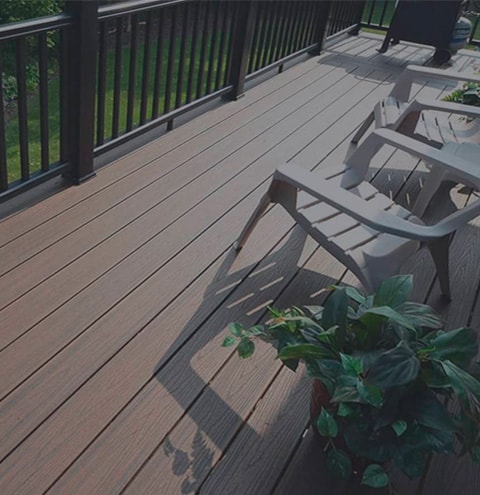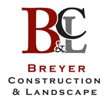Homeowners tend to be the most aware of the parts of their deck that they can see. However, there are many smaller or less-obvious parts of a deck that are still vital to ensuring safety.
Much like any other part of your deck, these parts require close attention. Deck building professionals take great care in ensuring that they are properly installed.
After installation, it is crucial that homeowners properly maintain these parts. Here are some lesser-known parts of a deck to be aware of.
Ledger
The ledger is a board that runs along the side of the deck adjacent to the home. It supports that side of the deck and anchors it to the home.
Durable materials and proper fastening techniques help you avoid problems. Improper use may result in the deck boards in that area sagging, cracking, or gaping.
Flashing
When installing the ledger, flashing is a key component. Attaching the ledger involves creating openings in the wall of your house. Deck flashing is corrosion-resistant material that prevents moisture from coming into the house at the point where the ledger is attached to it.
Corrosion resistance is especially important if the ledger board is made of ACQ-treated wood, as these chemicals tend to be corrosive. Flashing can be flexible or rigid. Typical materials include vinyl, copper, or stainless steel. Aluminum and galvanized steel are vulnerable to corrosion and may be suboptimal for this job.
Footings
Footings are the parts of a deck that support the entire structure. They consist of concrete columns that support the bottom of each post. Typically, footings are below grade.
If the ground in your area freezes during certain times of the year, the concrete is poured into a form above grade, then buried. Optimally, the footing should be below the frost line. Otherwise, it could move as the soil freezes and thaws, making the deck unstable.
If a footing is unstable, the entire deck can collapse. Therefore, it is important to be careful with every aspect of this part of your deck.
You must use the right concrete mix, use proper pouring techniques, and consider the weather and soil composition. Good deck builders also consider the size, shape, and weight distribution of the deck when deciding the number of footings and how to space them.
Joists
These boards run between the larger beams supporting your deck and perpendicular to the home. They usually measure 2 x 8 and should have 16 or 24 inches between them.
They distribute the weight of the deck and help support the decking boards. Joists are integral to a deck’s structure and durability.
Stair Treads
The treads are the top board of each stair. As you go up and down the stairs on your deck, the tread is the part your foot steps on. This deck part should be made of sturdy materials and be properly installed. Just like any other deck part, consider the elements and weatherproof your stairs accordingly.
Whether they are big or small, in plain sight or hidden, every part of your deck is essential to ensuring the safety of you, you family, and your guests. As you do regular inspection and maintenance of your deck, be sure look at these lesser-known parts as well.
To maximize the lifespan of your deck, it is essential that these parts be installed with great attention to detail. The team at Breyer Construction has decades of experience building decks that customers love and stand the test of time. See how we can help you create the deck that you’ve always dreamed of.








